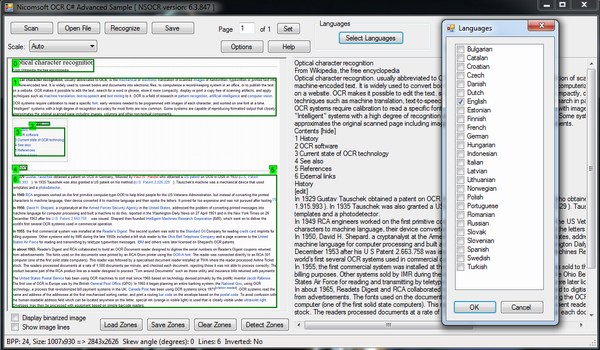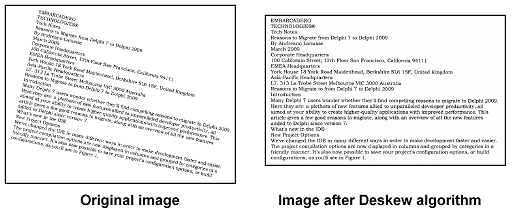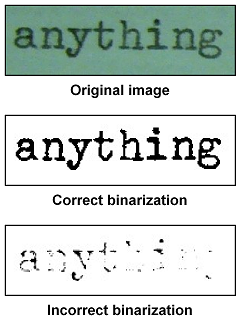TVideoGrabber: Powerfull video capture / media player SDK
TVideoGrabber Video SDK
From: datastead.com
TVideoGrabber is a video capture / media player SDK for development of C#, VB, C++, Delphi, C++Builder, Lazarus and ActiveX-compatible applications.
Powerful and intuitive to use, TVideoGrabber will help you to save time, money and effort to include video and/or audio capabilities in your project.
TVideoGrabber captures and records video and audio streams from video capture devices supplied with a DirectShow driver like USB webcams, USB analog capture devices, HD PCI cards, desktop, as well as from set of bitmaps used as video source.
By installing our optional RTSP/RTMP DirectShow source filter it is possible to preview and record IP cameras, RTSP, RTMP, HTTP, Shoucast and various other streaming sources.
The RTSP filter is able to preview, render and save at the same time the streaming source to a file without transcoding, and generate new files on the fly without loosing frames.
When the RTSP/RTMP DirectShow source filter is installed TVideoGrabber supports also capture devices with a hardware encoder like the Avermedia Live Gamer portable, BlackMagic Decklink, Hauppauge Colossus, etc...
Most of the encoding formats are supported, natively or by using third-party codecs.
You can stream audio/video to the network, directly or through a Windows Media server.
TVideoGrabber is also an advanced media player that lets play audio/video clips at their normal speed, faster, slower, forward and backward, one by one or through a playlist.
It is possible to capture frames, perform text/graphic overlays over the video frames or only over the video window, during preview, recording or playback, perform PIP video from another TVideoGrabber component, apply video processing like rotation, cropping and more.
TVideoGrabber can merge several clips into a single one, split a clip into smaller clips and re-encode them to different formats.
TVideoGrabber is designed to be easy and comprehensive to use.
Several instances of TVideoGrabber can run concurrently, e.g. to display a video capture window and a media player window on the same form, or to run several cameras concurrently on the same form.
The package includes demo projects showing how to implement the simplest as well as the most advanced features, with only a few lines of code.






Recent Comments